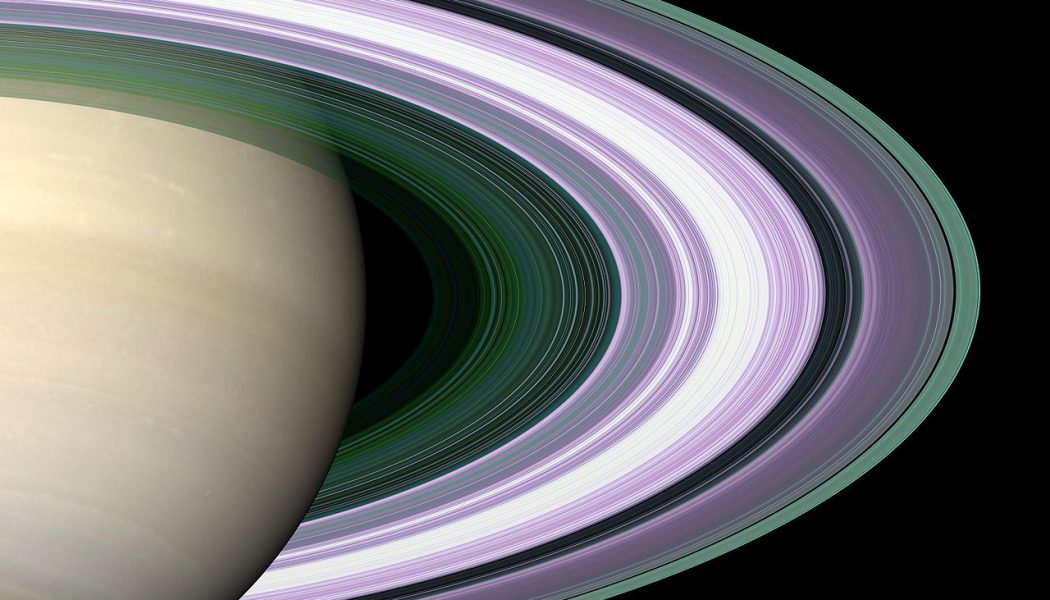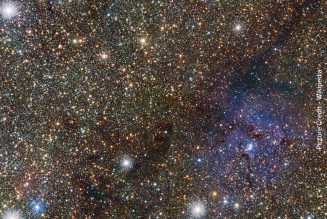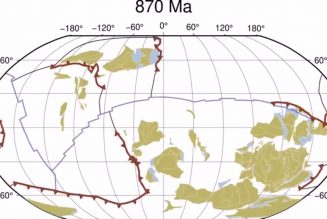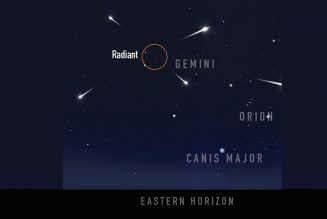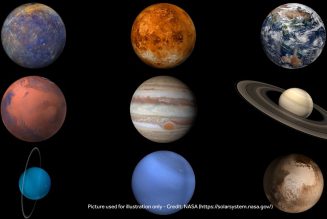Have you wondered what are the Rings of Saturn?. Saturn is the second largest planet of the Solar System. It has four rings surrounding it. Let us see what are these rings.
Saturn
Measuring the distance from Sun, Saturn is the sixth planet in the Solar System. The distance is estimated to be 1,427 million km. The intense brightness of Saturn is due to its bigger size. Saturn takes 291.5 years to complete one revolution around Sun. There are seventeen moons of Saturn revolving around it. The Volume of Saturn is 743.7 times more and weight 96 times more than our Earth.
Due to the rings surrounding Saturn, it is the most peculiar planet. Though it is difficult to make out these rings with naked eye, we can see them with the help of telescopes. A good DSLR Camera with a zoom lens can also capture the rings of the Saturn with proper settings.
Rings of Saturn
Galileo, in the year 1610 while studying about Saturn, observed some unknown materials stuck to the plant, with the help of a telescope. Christian Huygen, a scientist in 1655 discovered with his powerful telescopes that Saturn is surrounded by a ring and it does not touch the main body of the planet anywhere.
With the help of powerful telescopes, three rings were able to be seen. In 1969, a fourth ring also was discovered by scientists. These four rings are called A, B, C and D starting from the outer ring, moving inward. The total width of these rings was calculated to be about 274,000km. This is twice the diameter of Saturn.
Three more rings E, F and G have also been discovered and there is a region called Cassini Division between A and B rings. The Cassini Division is about 4,800km in width. It was discovered by Giovanni Cassini at the Paris observatory using a refracting telescope. The G ring is the faintest and lies between E and F rings. F ring is the outermost ring.
Size and Brightness
Scientists believe that these rings are formed by minute particles of dust and ice. The bright outer ring – Ring A is somewhat brighter and has a width of 14,600sq.kms. It is the outermost of the large bright rings.
Ring B has a distance of 4,000km from Ring A and is the brightest of the four. It has a width of 25,500sq.kms and the outer part is brighter than its inner part.
Ring C is distanced about 960km from Ring B. It is not bright and has a width of 17,500sq.kms.
The fourth Ring – Ring D is very dim and has a width of 7,500sq.kms.
Ring E has a width of 300,000sq.kms and ring F has a width of 30-500sq.kms.
Ring G is having a width of 9,000sq.kms.
All the rings are in elliptical shape. If we look from earth, these rings appear to be touching each other.
Read more about the Rings of Saturn here
